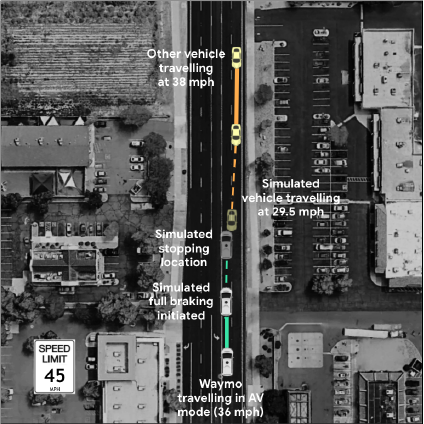All content categorized with: Blog
Filter
Post List
Can Facial Recognition Software Within Transportation Technology Combat Modern Slavery and Human Trafficking?
This blog post is the second in a series about facial recognition software in various forms of public and private means of transportation, as well as the greater public policy concerns of facial recognition tools. More posts about the relationship between transportation technology, FRS, and modern slavery will follow.An Introduction to Facial Recognition Software and Transportation
This blog post is the first in a series about facial recognition software in various forms of public and private means of transportation, as well as the greater public policy concerns of facial recognition tools. Volume I: An Introduction What is the point of facial recognition software in…Social Justice as a Policy Priority in Mass Transit After COVID-19
Among the institutions and industries that took a big hit during the pandemic was mass transit, both financially and reputationally aspects. IFinancially, income sources for mass transit have plunged, since state and local income tax revenue has decreased due to uncertain market conditions, and fare revenue has dropped precipitously because…Introducing the New Law and Mobility Initiative
The Law and Mobility Project is eager to announce the beginning of a new thematic initiative. For the next two years, the Project will focus on the relationship between transportation technology and modern slavery. Specifically, the Project will consider how transportation technology can be used as a tool to combat…The Government Response to the Pipeline Hack Could Lead to Better Transportation Cybersecurity
As someone who has thought about cybersecurity for some time, including in previous posts on this blog, the recent events around the hack of the Colonial Pipeline has been front of mind, and not just because I live in Washington, D.C., where gas stations have been…The Dept. of Labor Changes up the Employee vs. Contractor Debate for Gig Workers
Last year I wrote about Uber and Lyft’s battle against a California law that required them to treat their drivers as employees, rather than contractors. Then, in November, California voters passed Prop. 22, which exempted app-based drivers from that law, something Claire covered in detail. Two recent actions…Tesla, Mode Confusion, and the Lack of ADAS Regulation
Last week I wrote about how a recent crash in Texas is illustrative of a serious issue with Tesla’s Autopilot feature. As a refresher, Autopilot is an advanced driver-assistance system (ADAS), meaning it can take over a number of driving tasks and help protect drivers, but a human is supposed…
Contact Responsibility as a Solution to AV Liability
By Matthew Wansley* Human drivers are a menace to public health. In 2019, 36,096 Americans were killed in motor vehicle crashes, and an estimated 2.74 million Americans were injured. Most crashes aren’t “accidents.” The National Highway Traffic Safety Administration estimates that driver error is the critical reason for…A Texas Crash Highlights Issues With Tesla’s Autopilot
Earlier this month, two Texas men died when the Tesla Model S they were traveling in crashed into a tree. However, just what led to the crash remains a point of contention between authorities and Tesla itself. The police have said that one passenger was found in the…A Michigan Facial Recognition Law Suit and The Future of Cameras in Cars
Last week, Claire wrote about how Fourth Amendment precedents and facial recognition technologies could allow law enforcement to use AVs and other camera-equipped transportation technologies as a means of surveillance. In that post she mentioned the case of Robert Julian-Borchak Williams, who last year was arrested by the…

